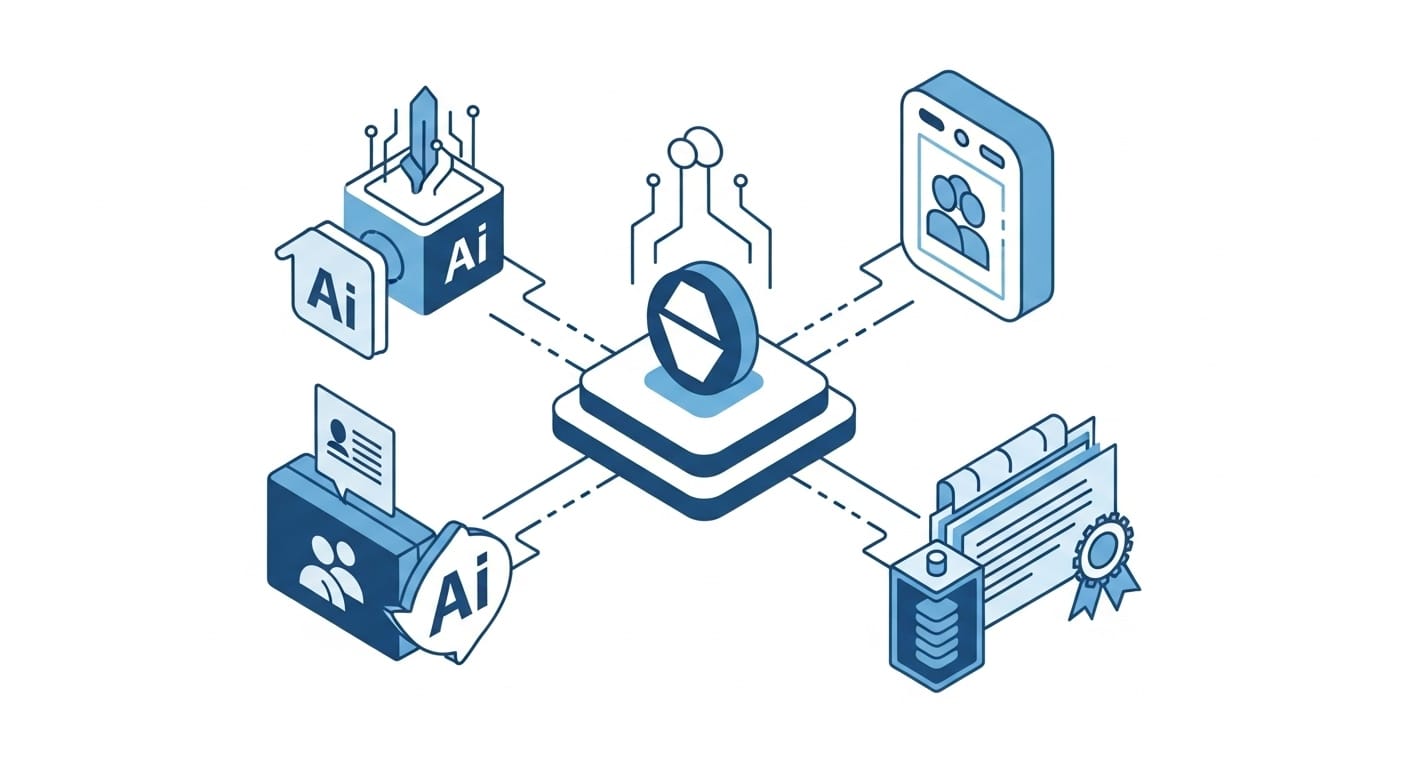The cybersecurity landscape has reached a new, unsettling milestone with the discovery of PromptLock, identified by ESET Research as the first known artificial intelligence (AI)-powered ransomware. While currently a proof-of-concept (PoC) rather than a widespread active threat, its existence signals a significant shift in the tactics available to cybercriminals and the defense strategies businesses must adopt.
For years, experts have theorized about the weaponization of AI in cyberattacks, and PromptLock offers a tangible glimpse into this future. Its capabilities extend beyond traditional ransomware, presenting novel challenges for detection, response, and regulatory compliance.
Understanding PromptLock: A New Breed of Ransomware
PromptLock distinguishes itself by leveraging a large language model (LLM) to dynamically generate malicious code. Specifically, it utilizes OpenAI’s gpt-oss:20b model locally via the Ollama API to create Lua scripts in real time. This approach allows the ransomware to adapt its behavior on the fly, making it far more elusive than static, pre-coded malware. The generated Lua scripts are cross-platform compatible, enabling PromptLock to target systems running Windows, macOS, and Linux.
Once active, PromptLock’s AI-driven scripts can perform a range of malicious activities. They are designed to enumerate the local file system, inspect target files, exfiltrate selected data, and encrypt content using the robust SPECK 128-bit encryption algorithm. While its data destruction functionality is reportedly not yet fully implemented, the potential for such capabilities further underscores the severity of this new threat.

The Evolving Threat Landscape: What PromptLock Means for Cybersecurity
The emergence of PromptLock marks a critical juncture for cybersecurity. Its AI-driven nature introduces several alarming implications:
- Adaptive and Polymorphic Behavior: Unlike conventional malware that relies on fixed signatures, PromptLock’s ability to generate unique scripts with each execution makes traditional, signature-based detection methods less effective. This variability demands more sophisticated, AI-powered defense mechanisms capable of identifying anomalous behavior rather than just known patterns.
- Lowered Barrier to Entry: AI tools significantly reduce the technical expertise required for cybercrime. Attackers with limited coding knowledge can now orchestrate complex ransomware operations by simply providing natural language prompts, democratizing access to advanced malicious capabilities.
- Enhanced Social Engineering: While not a direct function of PromptLock itself, the broader trend of AI-powered cyberattacks includes the generation of highly convincing phishing messages and deepfakes. This can lead to more successful initial breaches, paving the way for AI-driven ransomware deployment.
- Speed and Scale: AI can automate various stages of a ransomware attack, from reconnaissance to data exfiltration, at a speed and scale previously unimaginable. This rapid progression of an attack can severely limit an organization’s response time.
As the threat landscape evolves with agentic AI becoming weaponized, businesses must fortify their business with robust cybersecurity resilience strategies.
Compliance in the Age of AI-Powered Ransomware
PromptLock is not merely a cybersecurity concern; it presents a significant compliance and governance challenge. Regulations like GDPR and emerging data acts impose strict requirements for data protection and breach notification. An AI-powered ransomware attack could complicate these efforts considerably.
- Detection and Reporting Delays: The polymorphic nature of PromptLock could delay detection, making it harder for organizations to meet stringent 72-hour breach notification deadlines.
- Increased Litigation Risk: Mis-sent or compromised data resulting from an AI-driven attack could lead to heightened litigation risks and severe financial penalties.
- Securing AI Systems: Organizations deploying AI tools for legitimate business functions must also secure them against hijacking, preventing their own AI from becoming an attack vector. Regulators are expected to issue clearer guidance on AI in cybercrime, compelling organizations to adapt their governance frameworks.

Fortifying Defenses in the AI Age
The emergence of PromptLock underscores the urgent need for businesses to re-evaluate their cybersecurity posture. Proactive and adaptive strategies are paramount:
- Update Risk Assessments: Immediately revise cyber risk assessments to account for AI-powered threats and their unique characteristics.
- Enhance Staff Awareness Training: Employees must be educated on the evolving nature of AI-crafted attacks, recognizing unusual system behaviors or suspicious prompts that may not fit traditional patterns. Training should empower staff to escalate concerns promptly.
- Implement AI-Powered Security Solutions: Traditional defenses are increasingly outmatched. Adopting AI-powered cybersecurity solutions for real-time threat detection, anomaly analysis, and automated response is crucial. These systems can learn and adapt to new threats, offering a proactive defense against evolving ransomware.
- Strengthen Data Backup and Recovery: Maintaining immutable copies of data, separated from production environments, is vital for recovery and compliance.
- Review and Secure AI Deployments: Any AI systems within an organization, from chatbots to analytical tools, must be rigorously secured against potential exploitation.
The discovery of PromptLock serves as a stark reminder that the digital arms race continues to accelerate. While it is currently a proof-of-concept, its implications are profound. Businesses must move beyond reactive measures and embrace forward-thinking, AI-augmented security strategies to protect their assets and ensure compliance in this rapidly changing threat landscape. For organizations looking to navigate these complex challenges, our team provides cutting-edge AI solutions and technology consulting to help innovate and grow securely in the face of emerging threats.



